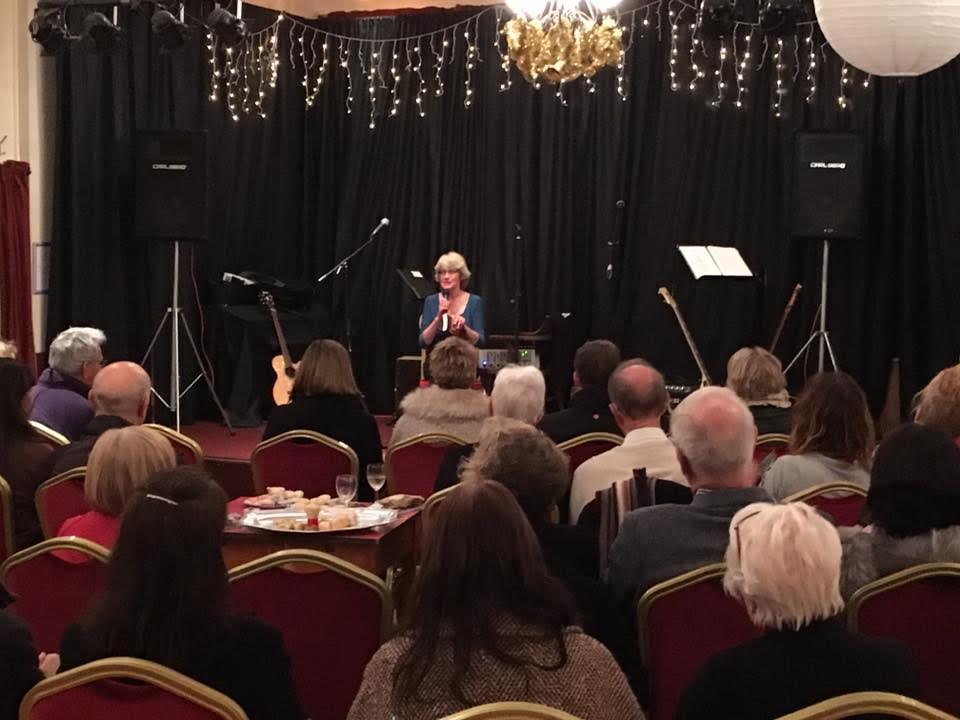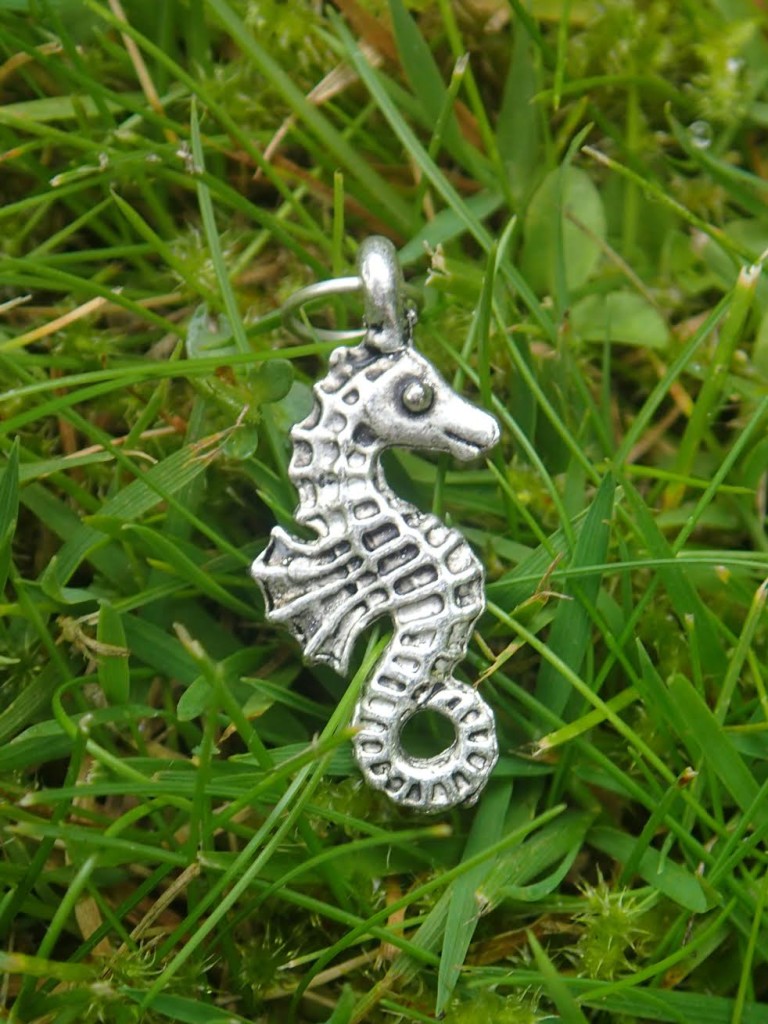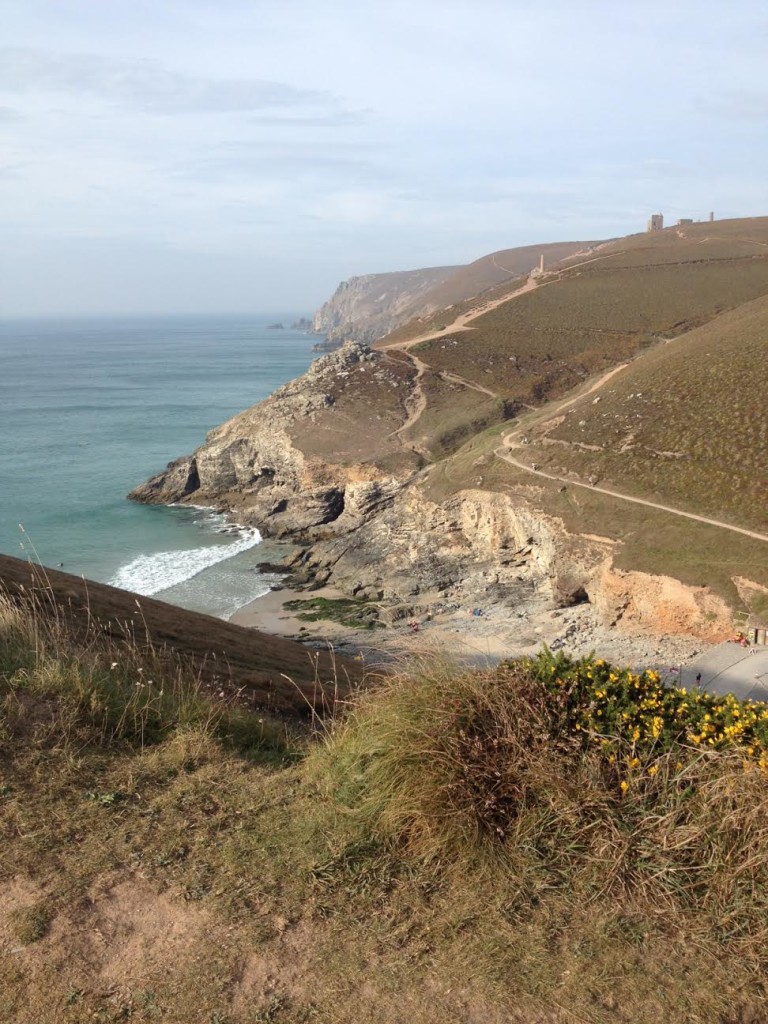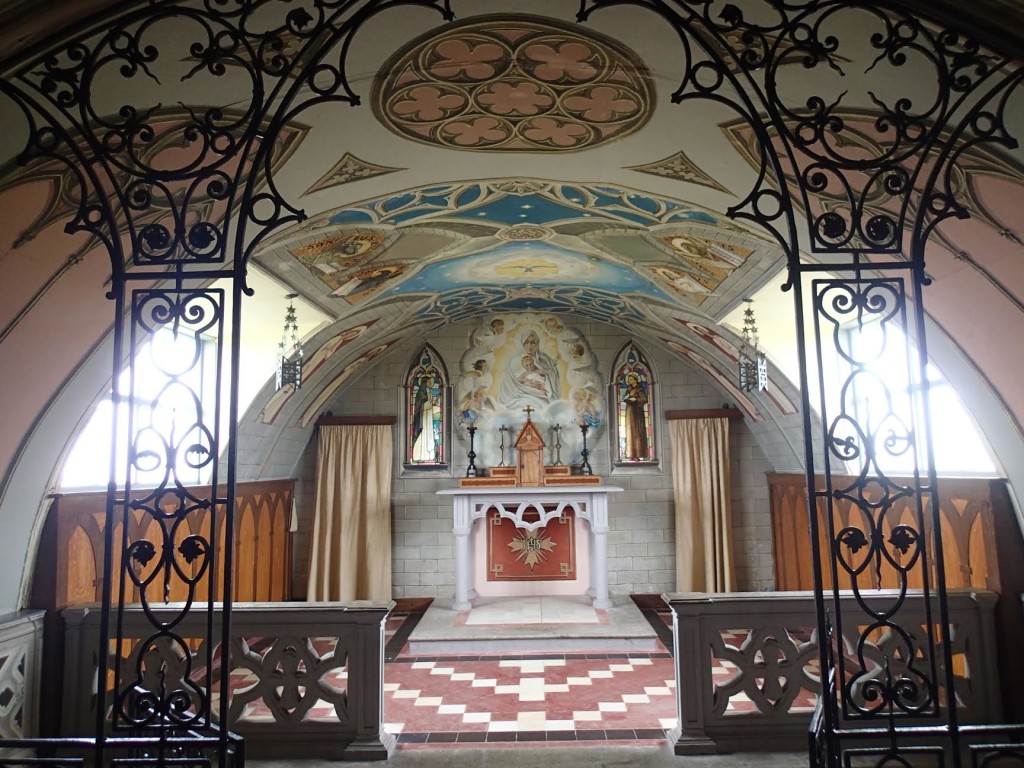Tag Archives: The Seahorse Summer
BEST ENDEAVOURS BEST IDEAS: Jane Cable on what happens once that digital publishing deal is in the bag
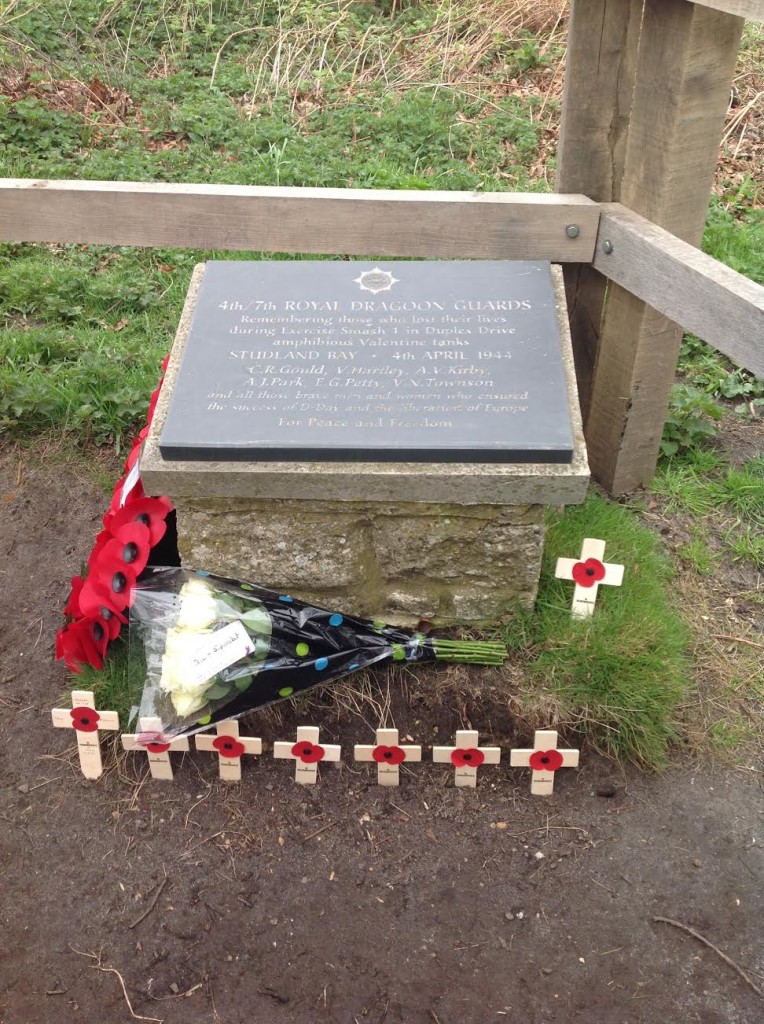 Isn’t it funny how the most important emails just seem to slide into your inbox at the most inopportune times? Late on Monday afternoon my edit notes and first proof came back from Endeavour – just as I was wolfing down an early supper ready to go to Chindi Authors’ monthly meeting. I scanned the email – heart in mouth – only to find myself reeling from the last sentence.
Isn’t it funny how the most important emails just seem to slide into your inbox at the most inopportune times? Late on Monday afternoon my edit notes and first proof came back from Endeavour – just as I was wolfing down an early supper ready to go to Chindi Authors’ monthly meeting. I scanned the email – heart in mouth – only to find myself reeling from the last sentence.
But I had no time to consider the contents – the Chindi meeting was an important one, mainly devoted to planning the final details of our #LovetoRead fundraising evening for Dyslexia Action on Friday. Raffle prizes to co-ordinate, running order to finalise, budget for canapés to be agreed… All whirling around my head in an unusually disorganized fashion while I tried to digest the email bombshell.
To be honest, now I’m used to the idea, it doesn’t seem so bad. Endeavour want me to change the title of the book, that’s all. And to put things in context, the edit notes extended to only three points, the last one prefaced with the phrase ‘this probably isn’t important’. They’re useful and fair and acting on them will certainly improve the book.
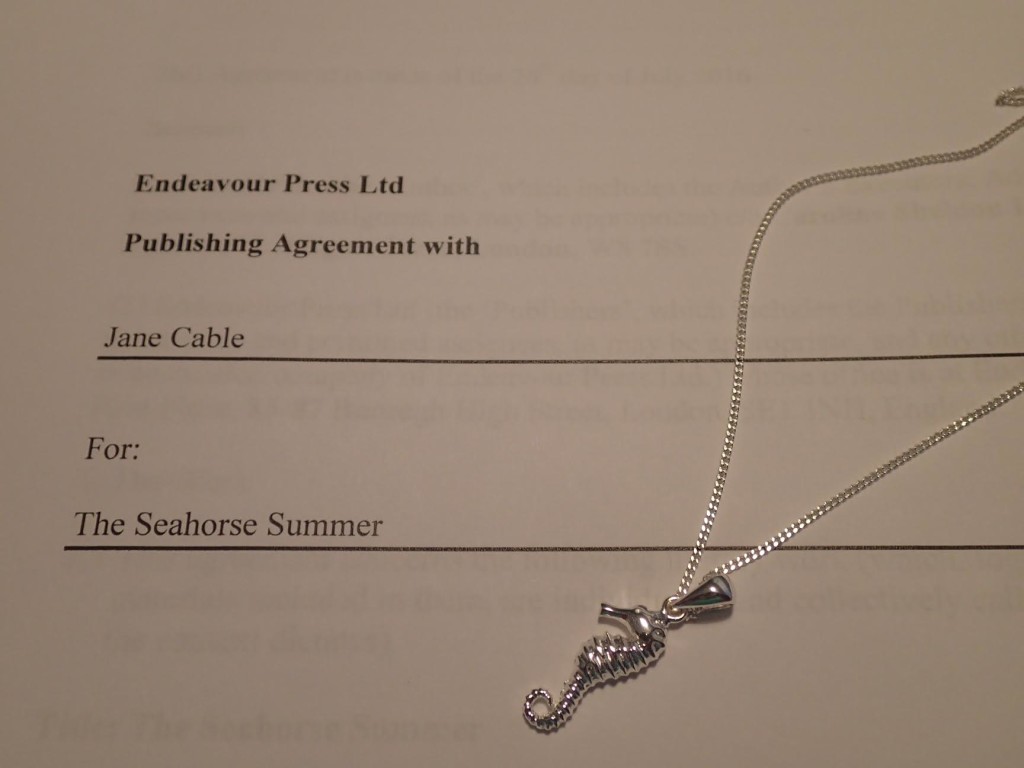
The problem with changing the title was that I didn’t have a clue where to begin. You become wedded to the name of your book over the years of development and when agent Felicity loved it too I felt sure I’d be able to keep it. Changing my mindset is something akin to turning an oil tanker but I’m determined to do it and come up with something better.
First some guidance was required from Amy, Endeavour’s publishing director and her answer came back clear and strong: look in the Kindle charts for books of a similar genre – and a tip that short phrases from films or songs often do well. Now my knowledge of films is limited to say the least (having not been to the cinema since the third… or maybe fourth… Harry Potter movie came out) but at least I have a neighbour with a first class degree in the subject so his enormous brain was brought to bear on the challenge.
I quickly realised it’s impossible to instil all the nuances of a book into just a few words and that made me try to set out what it’s really about. It isn’t about seahorses (although they feature fairly strongly) and it isn’t about summer (although the action all takes place between April and August). It’s about being damaged, and healing, and moving on with your life. Or not – as the case may be. It looks back at the past – D-Day specifically – or perhaps the past looks forwards at us. No one title is ever going to cover it all.
So now there is a page in my notebook with an increasing number of titles on it. The most obvious ones have inevitably been taken but I have a few which might just do the trick. And I’m still canvassing opinion, so if you have any bright ideas then please, please let me know.
Jane Cable is the author of two independently published romantic suspense novels, The Cheesemaker’s House and The Faerie Tree, and a sporadic contributor to Frost. Jane will be reading from The Faerie Tree at Chindi Author’s #LovetoRead party in Chichester on 18th November. More details here: http://www.chindi-authors.co.uk/news/
The Seahorse Summer (or whatever it ends up being called) tells the tale of how two American soldiers born sixty years apart help forty-something Marie Johnson to rebuild her shattered confidence and find new love. Discover more at www.janecable.com.
BEST ENDEAVOURS: Jane Cable On Her Digital Publishing Deal. Best Laid Plans 2
BEST ENDEAVOURS: TO DO MY BEST. Jane Cable’s blog about what happens once that digital publishing deal is in the bag continues.
 First up I have recently joined The Romantic Novelists Association and to make the best of my membership I need to get involved: write my biography for their website; fire off emails to join various groups; add my details to their Author Talks list; send off my cheque for the winter party.
First up I have recently joined The Romantic Novelists Association and to make the best of my membership I need to get involved: write my biography for their website; fire off emails to join various groups; add my details to their Author Talks list; send off my cheque for the winter party.But one task this week has been a total and unadulterated pleasure, and that is a return to my part finished manuscript. It’s set in
And it was bliss to be writing new words on a fresh page again.
BEST ENDEAVOURS: Best Of Days: Jane Cable’s Digital Publishing Journey
Jane Cable’s blog about what happens once that digital publishing deal is in the bag continues.
BEST OF DAYS
That’s it – the manuscript has been emailed to Endeavour and acknowledged. In four to six weeks I’ll know how much more work I have to do.
So how do I feel? Exhausted – and suddenly very uncertain about my book. Of course the logical part of my mind tells me to get a grip; all I’ve done is a little tweaking and tidying up – they’ve read The Seahorse Summer, for goodness sake – and they’ve bought the rights. So of course it’s going to be fine. The tired, emotional part of my brain, however, is so mashed up I got motion sickness on the elevator in Sainsburys. No kidding.
But last night in my favourite pub, The Victory Inn at Towan Cross in Cornwall, an important aspect of my book was validated when conversation around the bar fell to a former soldier who was going badly off the rails. In so many ways they could have been talking about one of the two GIs in my book, Paxton.
Now when you tackle a subject like combat stress it’s important to get it right. I was lucky enough to be introduced to a former para turned fitness instructor who was prepared to tell me what he’d seen and heard from the soldiers under his care in Afghanistan after they came home from setting up Camp Bastion. The sense of isolation when separated from their unit on leave. The struggle returning to normal family life and relationships after all they’d experienced. How combat can scar a man in ways unseen. How fireworks are never the same again.
Readers of Frost will be no strangers to Words for The Wounded, the charity set up by author and contributing editor Margaret Graham. The charity supports soldiers suffering from combat stress and I very much hope that I can do something with The Seahorse Summer that can help them in this work.
In the meantime, with the editing finished, what now? Feet up for a while? Not a chance… there’s a huge ‘to do’ list of tasks which have been swept to one side and too long ignored; a vast amount of marketing to be done – both in advance of The Seahorse Summer and for The Cheesemaker’s House and The Faerie Tree which have been sliding down the Kindle charts while I’ve been busy editing; and, of course, picking up the threads of my current manuscript again.
But as for today? I’m on the north Cornish coast and the sun is shining. Quite honestly, I think I deserve a little break.
Jane Cable is the author of two independently published romantic suspense novels, The Cheesemaker’s House and The Faerie Tree, and a sporadic contributor to Frost. The Seahorse Summer tells the tale of how two American soldiers born sixty years apart help forty-something Marie Johnson to rebuild her shattered confidence and find new love. Discover more at www.janecable.com.
Best Endeavours: Jane Cable on her digital publishing deal journey: Sunday Best
 BEST ENDEAVOURS
BEST ENDEAVOURS
Jane Cable’s blog about what happens once that digital publishing deal is in the bag continues.
SUNDAY BEST
On Sunday I went to Studland. Not simply because I needed to, but because I wanted to. Walk where my characters walk; see what my characters see; breathe the same air.
The plot of The Seahorse Summer takes place almost exclusively in Studland Bay and the on the beaches and cliffs which surround it. Centered on the village pub (not The Bankes Arms, albeit my fictional Smugglers shares a similar position) the haunting claustrophobia of the bay echoes Marie’s world as she wonders how she will ever escape.
Having spent so long on one side of the bar in The Smugglers it felt slightly odd to sit on the either side of it in The Bankes Arms. As well as the location I’ve borrowed a few other things; the grey stone of the building itself, the basic L-shaped layout; the huge fireplace and the garden overlooking the sea. But the real pub is very much a vibrant business with its own brewery, B&B rooms and armies of staff – the poor old Smugglers could never compete, relying as it does simply on Marie’s marvelous food.
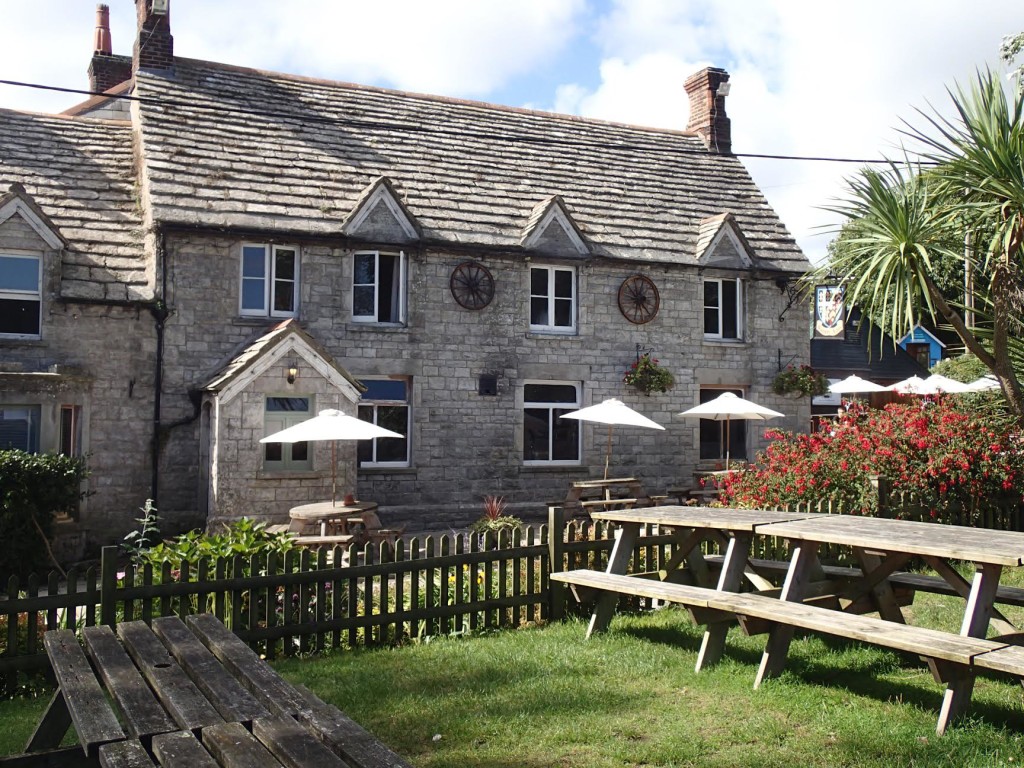
As a writer you tweak your locations to fit your story, but in the case of Studland the location is changing all by itself. The Seahorse Summer is set just twelve years ago, but all the same coastal erosion has taken its toll. My original position for Marie’s beach hut was at the bottom of a wooden staircase onto the sand not far from Fort Henry. It was there when I first visited in 2009, but not any more. The incredibly wet winter of 2012/13 caused many landslips in the area and the steps were just one of the casualties.
The beach itself is changing too, constantly with every tide. Where there were rocks under Redend Point, now there is sand. One day, the sand will disappear and the rocks will be revealed once again. Up on the cliffs the gorse is almost completely covered with brambles and ferns. The landscape outlives us all, and nature can be a powerful adversary – or ally – as Marie discovers.
The essence of Studland on a sunny Sunday remains. Pleasure boats filling the bay, children playing on the narrow strip of sand as the tide drops, the pub garden filling as lunchtime draws closer. And a writer, wandering slowly through it all, drinking it in, storing it away. Refreshed for the final assault on her editing.
Jane Cable is the author of two independently published romantic suspense novels, The Cheesemaker’s House and The Faerie Tree, and a sporadic contributor to Frost. The Seahorse Summer tells the tale of how two American soldiers born sixty years apart help forty-something Marie Johnson to rebuild her shattered confidence and find new love. Discover more at www.janecable.com.
BEST ENDEAVOURS: Jane Cable’s blog about what happens once that digital publishing deal is in the bag continues
The email came on Monday, via Agent Felicity, with the impeccable timing only achieved by a communication containing deadlines which arrives at the beginning of a holiday. And not a plenty-of-time, relaxing-on-the-beach sort of holiday – a full on archaeological tour of Orkney, with just about every waking hour accounted for.
It was a holiday we’d been looking forward to for over a year: a small group led by a real live archaeologist (a dead, or even half dead one would have been of limited use) around the amazing array of Orkney’s historical sites (see www.orkneyarchaeologytours.co.uk). In just six days we travelled from the Neolithic to World War 2 and back again. Via the ephemeral Picts and the rather more visceral Vikings. We crawled into Stone Age tombs and gazed in wonder at homes lived in 4,500 years ago at Skara Brae. The novelist in me was bitterly disappointed to find the story of the Italian PoWs who built a beautiful chapel from scrap had already been fictionalised, while at the same time storing away nuggets about life as an archaeologist for my current work in progress.
But I digress. The email forwarded to me was from my publisher, Endeavour Press, with an outline timetable for the production phase of The Seahorse Summer: finish the manuscript over the next few weeks, then four to six weeks later they would send me proofs and edit notes. Together? I consulted a writer friend who is published by a rival digital house and yes, that’s the way things are done. Proofs are not final proofs; she received five sets in all and great emphasis was placed on getting things right.
So what I need to get right now is my manuscript. I am delighted to be left to my own devices to do this but at the same time I just know that the “two days’ work” suggested by Endeavour at the pre-contract stage will take me so much longer. Readers are going to part with hard earned cash to buy my book (I hope!) so I owe it to them to make it as perfect as possible.
I guess every writer has their own method of editing. The Seahorse Summer, as a story, is complete. The characters are fully formed but the words aren’t as polished as I’d like them to be. So that’s the first thing I’ll do. Trusty filofax in hand I pencil in Monday and Tuesday next week for this vital task.
Please understand that I am not a full time writer – I also have a business to run. Thankfully my husband (when he gets over his post holiday grump) will be on hand to help, but even so on Wednesday I need to be at a client to deal with their month end – and on Thursday I need to deal with our own. And catch up on all the little tasks that didn’t get done while we were away.
Once these jobs are complete I can return to my editing. Next I’ll work through the manuscript from the point of view of each character, making sure their stories progress logically and their external and internal journeys are sound. For this I’ve booked in five to six days over the next fortnight – each one diarised in between client commitments, training courses, a hair cut and what will doubtless be a much needed massage.
The final read through I’m leaving until I have a clear week later in the month. I can deal with all the loose ends I’ve unearthed (why did the strange rumbling and roaring Marie hears disappear?) and make sure every word is where it should be. All 80,000 of them. And that’s where my meticulous planning should all pay off.
Jane Cable is the author of two independently published romantic suspense novels, The Cheesemaker’s House and The Faerie Tree, and a sporadic contributor to Frost. The Seahorse Summer tells the tale of how two American soldiers born sixty years apart help forty-something Marie Johnson to rebuild her shattered confidence and find new love.
Discover more at www.janecable.com

